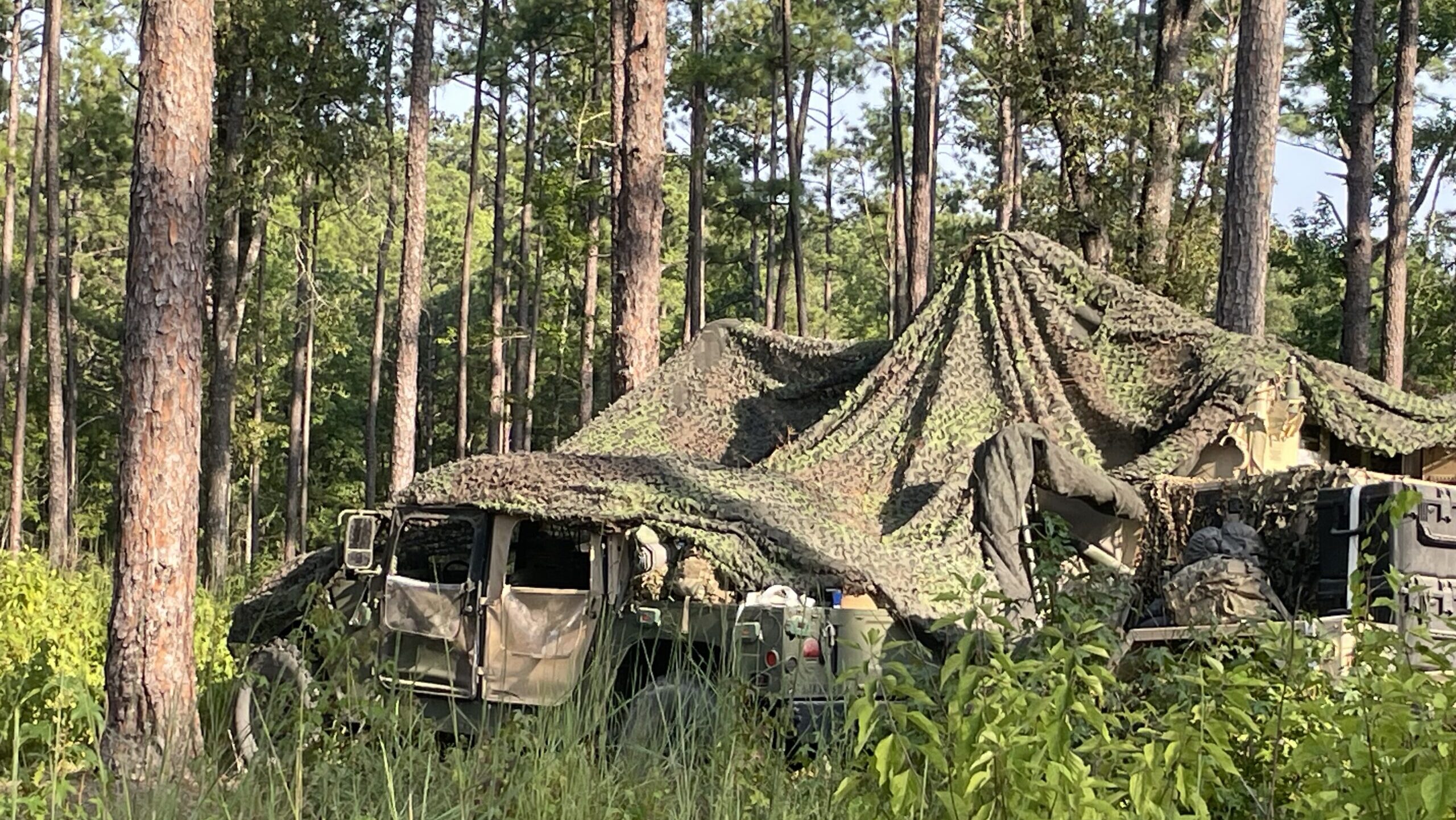
Chief of Space Operations Gen. Chance Saltzman addressed the Space Force Association’s Spacepower 2024 conference in Orlando, Fla., on Dec. 6, 2024. (Space Force Association)
WASHINGTON — Over the past year, Chief of Space Operations Gen. Chance Saltzman has issued a series of internal “Commander’s Notes” that have sought to create the culture and operational concepts for the newest military service, with a firm focus on the Space Force’s warfighting role.
It’s clear that as 2024 comes to a close and the Space Force celebrates its fifth birthday, what one observer called “chest-thumping rhetoric” clearly has entered into the public domain — a change that defined how the service went about its public and private posturing over the last year.
Saltzman spent most of this year charging up the forces to think of themselves not as support specialists, but as frontline capabilities — or, as he told Guardians assembled at the Space Force Association’s Spacepower 2024 conference in Orlando, Fla., on Dec. 10, “You are warfighters, whether you carry a gun or not.”
[This article is one of many in a series in which Breaking Defense reporters look back on the most significant (and entertaining) news stories of 2024 and look forward to what 2025 may hold.]
“In accordance with the law and at the direction of the president, you are trained and expected to carry out offensive and defensive actions against military forces of other countries, or support other military elements that do. When you’re in a combat squadron, you’re the first line of defense for conflict in space and your actions directly impact lives on the ground, in and out of harm’s way.”
In conjunction with this culture setting, top brass from Saltzman on down have become ever-more open about the service’s plans and classified offensive capabilities to take out Chinese and Russian satellites on orbit in any future conflict — whether the mission be to defend American military and commercial satellites or to attack enemy birds being used to target US terrestrial forces.
Saltzman told the Spacepower conference that “space control” in now the Space Force’s top priority because adversaries “will absolutely try to disrupt, degrade and destroy US capabilities. This is unacceptable. In short, what we have, we will fight to keep.”
Further, he stressed that China in particular “can and will use their space capability to hold the joint and combined force at risk,” thus making it imperative that the Space Force be trained and equipped “to make sure that doesn’t happen.”
Space Force Gen. Stephen Whiting, who commands US Space Command, told reporters on Dec. 11 that “space fires is our number one Integrated Priority List gap.”
The Integrated Priorities List is an annual compendium of requirements put together by each combatant command to inform the military services of their operational needs to be included in budget an acquisition plans.
Whiting explained “fires are defined in joint doctrine as the ability to affect or influence targets, and those could be targets in any domain that support the space mission. … If we are trying to achieve space superiority, there are targets that need to be influenced — in the cyber realm, in the terrestrial realm, [and] in space.”
Lt. Gen. Douglas Schiess, who commands the Space Force’s component for providing trained operators to SPACECOM called Space Forces-Space, told reporters on Dec. 11 that his first priority is “to protect the joint warfighter from space-enabled attack, and secondly, to defend our assets and our allies’ assets from attack from someone else.” To do this, he added, operators need “effectors that can negate” adversary space capabilities.
The loud new messaging moves away from the Pentagon’s traditional silence on space warfighting plans — with the traditional focus on support services to the joint force such as communications and positioning, navigation and timing.
Speaking to reporters after his Spacepower presentation, Saltzman said that in the past the Defense Department kept information about “offensive and defensive” space capabilities “close to the vest” — asserting that some of the rationale was “just kind of hand-wringing” rather than a need to “protect” anything.
“We have to conduct counter space operations to deny an adversary the ability to target our forces,” he said, and that requires “offensive and defensive capabilities. … I have no problem saying that we are gonna be ready to contest the space domain,” he added.










